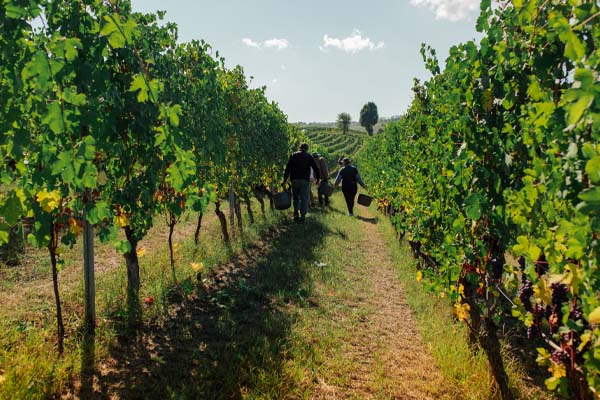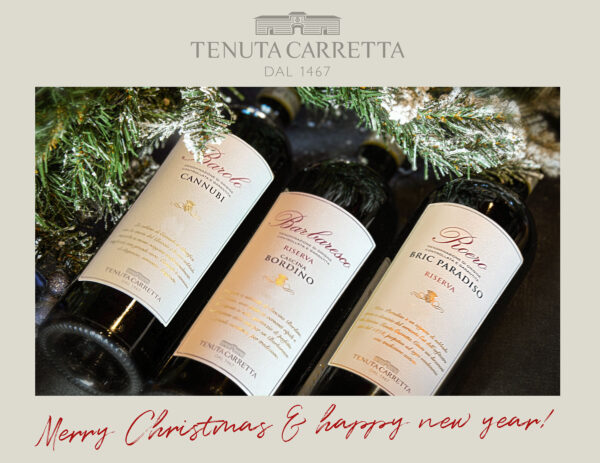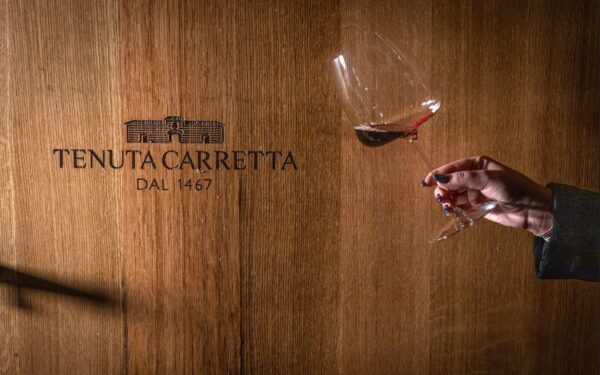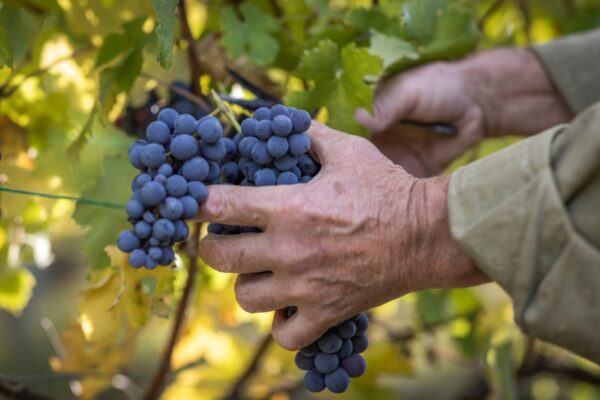Barolo or Barbaresco?
Reading time in

Two wines, one grape: Barolo and Barbaresco are the two most well-known expressions of Nebbiolo from the Langhe region. Both obtained the DOCG recognition in 1980 and are icons of the Italian winemaking tradition, but they have distinctive characteristics and expressions that set them apart when tasted. What are the differences between the King and the Prince of Langhe?
PRODUCTION AREA
Despite being remarkably close to each other, the production areas of Barolo and Barbaresco are starkly different from one another. Nebbiolo is a particular and highly adaptable grape variety, and its profound roots gather and bring out even the most subtle peculiarities of the soil where it grows.
Barolo | The Barolo production zone encloses an extensive geographical area. This includes the towns of Barolo, Serralunga d’Alba, Castiglione Falletto, Novello and Grinzane Cavour. While La Morra, Monforte, Verduno, Novello, Grinzane Cavour, Diano d’Alba, Cherasco and Roddi are only included in some portions of their territories. The extensive zone covered by the Barolo production area presents diverse microclimates and soils, which translate into distinctive wines. For this reason, each town included has its own cru, or Menzioni Geografiche Aggiuntive (MGA). There is a total of 181 Barolo MGAs which were approved in 2009.
Barbaresco | Barbaresco is produced in a more delimited geographical area, which includes the towns of Barbaresco, Neive, Treiso, and a small part of Alba. There are 69 Barbaresco crus.
SOIL
Barolo | The hills of Barolo, situated between 200 and 500 meters asl, have highly mineral soils, composed of clayey marls and are rich in limestone. These soils endow Barolo wines with their important structure and powerful tannins, making them ideal for long aging.
Barbaresco | Barbaresco vineyards are located on slightly lower hills, between 200 and 350 meters asl, with sandier soils that give the wines a softer character and finer structure. The harmony between soil and climate, which is strongly moderated by the proximity of the Tanaro River, yields wines that are often ready to drink in their youth.
AGING
Barolo | Barolo imposes more stringent aging requirements: the denomination establishes a minimum aging period of 38 months, of which at least 18 must be spent in wooden casks. This process significantly contributes to the structure and complexity of the wines, which often reach their peak only after long aging in the bottle.
Barbaresco | Barbaresco, on the other hand, has less strict aging requirements. A wine can be labeled as Barbaresco following at least 26 months of aging, of which at least 9 months must be spent in wood. This often results in wines that are more approachable at a younger age but that can still significantly improve with time, especially during exceptional vintages.
WINES
The distinct aromatic characteristics of the two wines can be influenced by factors such as sun exposure, microclimate, vine age and the specific winemaking techniques employed by the producer.
In general, Barolo tends to have more complex and spicy aromas, with notes of red and black fruits, leather as well as dried rose, and is remarkably persistent.
Barbaresco, on the other hand, reveals fresher fruit notes and a more delicate aromatic profile while still maintaining Nebbiolo’s distinctive signature.
OUR BAROLO AND BARBARESCO WINES


